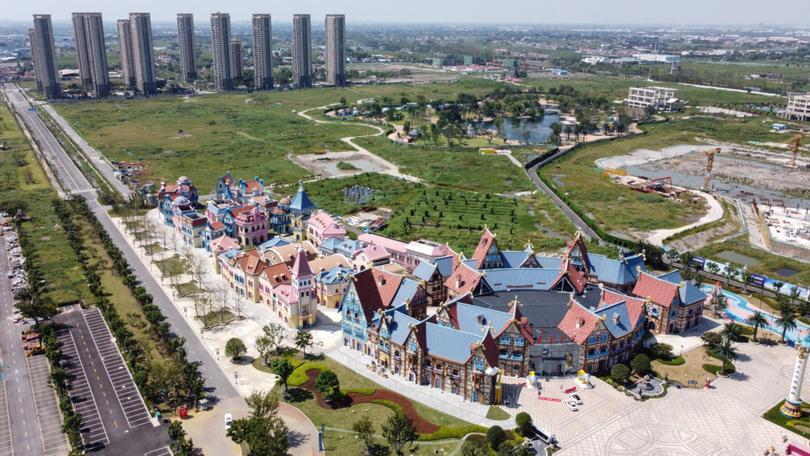China’s industrial profits plunge at fastest pace since the pandemic

China’s industrial profits in September dropped at its fastest pace since the pandemic, data from the National Bureau of Statistics showed, as the country tussles with an economy plagued by slow growth, lack of demand and a property crisis.
After a 17.8 per cent fall in August, industrial profits declined 27.1 per cent in September from a year ago, marking the steepest plunge since March 2020, when it dropped by 34.9 per cent, according to data kept by Wind Information.
The database excluded figures for most of 2022, the year when Shanghai and other parts of China were under stringent Covid-19 measures that limited business activity.
Sign up to The Nightly's newsletters.
Get the first look at the digital newspaper, curated daily stories and breaking headlines delivered to your inbox.
By continuing you agree to our Terms and Privacy Policy.Chinese authorities have ramped up measures in recent weeks to bolster growth. The nation’s parliament scheduled a meeting for early next month, after which the National People’s Congress is expected to announce details on highly anticipated fiscal stimulus.
This data release “underscores the need for more forceful policy responses amid weak domestic demand and deflationary pressures,” Goldman Sachs chief China economist Hui Shan said in a note Sunday.
In the first nine months, industrial profits fell by 3.5 per cent from a year ago. NBS statistician Yu Weining said “insufficient demand and a sharp decline in producer prices” weighed down the profitability of industrial firms.
Data released earlier this month showed that the producer price index fell 2.8 per cent year-on-year in September, steeper than a 1.8 per cent decline the previous month.
Gary Ng, senior economist at Natixis, said in an email to CNBC that “the weakness of industrial profits indicates China’s greater need for demand-side policies.”
“While there is divergence across sectors, the stress is particularly high in upstream materials and automobiles,” he said.
China’s economy grew by 4.6 per cent in the third quarter, the slowest pace since early 2023. In the first three quarters of the year, the economy expanded by an annual 4.8 per cent, slightly slower than the 5 per cent pace seen in the first half of the year. Beijing has a target of around 5 per cent economic growth for 2024.
The country is set to release its official manufacturing purchasing managers’ index for October on Thursday.
Economists polled by Reuters expect the figure to come in at 50.1, after five months of contraction.
The PMI was 49.8 in September, 49.1 in August, 49.4 in July and 49.5 in June. A reading above 50 indicates expansion in activity, while one below that level suggests a contraction.
Originally published on CNBC
